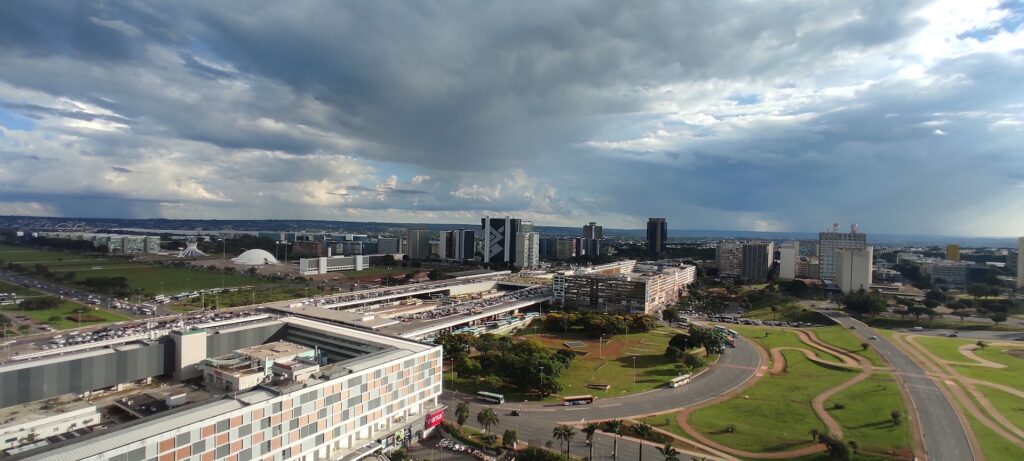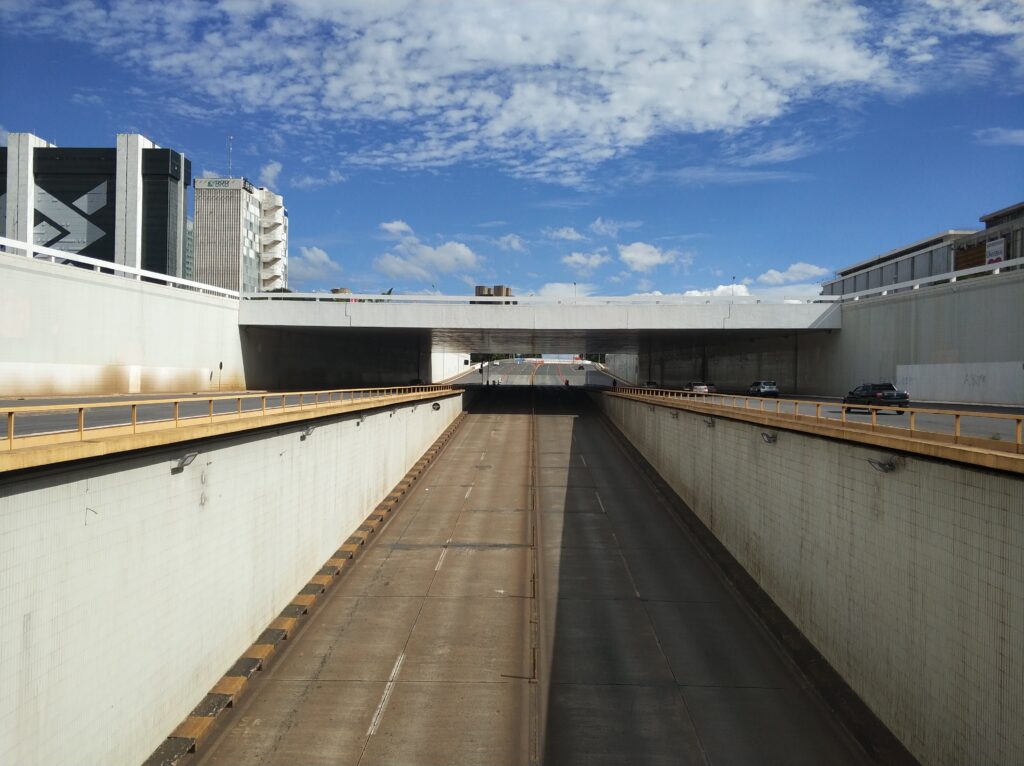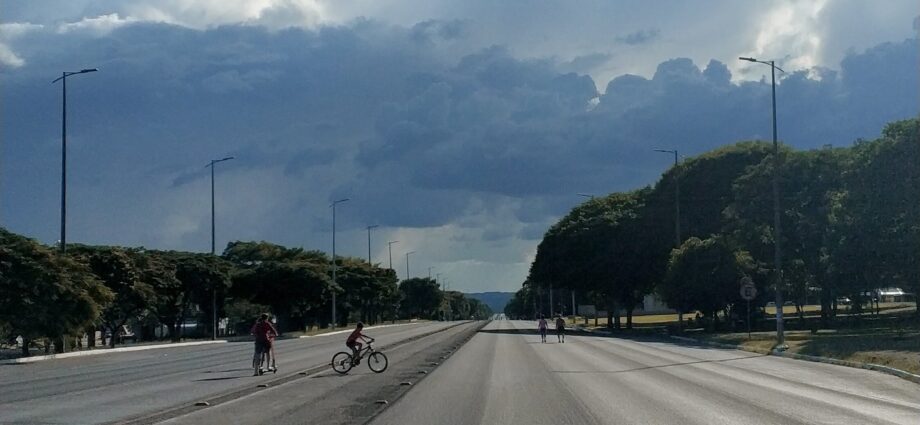Introducing our Brasília, Brazil Correspondent Uly Pulga !
Here at Pedestrian Space we recently launched a Global Walkability Correspondents Network, as a way to build solidarity among walkability advocates around the world and continue to create media on sustainable mobility and urbanism.
We are grateful to welcome Uly on board as our Brasília, Brazil Correspondent. Read on for some of her thoughts as we launch this network.
Why do we have to cut down our trees to create more space for parking lots? The cities are becoming more hostile and we need to document that and try to persuade others that this brings no good to us and the environment. We need to breathe, walk, see and process life at 5km/h.
Uly Pulga

Photo: Uly Pulga
WHO
I’m an architect, but before that, I’m a citizen in the places where I decide to live. My role in society is to create better architecture, understanding that it will impact the way we live, the way that we see the cities, and how visitors see our way of living.
I have chosen to study Urban Planning because is a passion. I love the history of the cities, how they work, and how humans interact with the spaces that we create. Sometimes a place of passage is taken and transformed to a point of meeting that magnetizes people to use the space and, eventually, art arises.
Today my focus is on how to increase bicycles as means of transport, an understanding that is motivated by self-experience. What better way to know things than to experience them? I’m looking forward to further understanding my role in the world as I read and understand public life.

Photo: Uly Pulga
WHERE
I live in Taguatinga, a neighborhood of the capital of Brazil, Brazilia. Our city is very young- 62 years old. It’s a planned city designed by Lúcio Costa and with great architectural works of Oscar Niemeyer. The city was quickly built (5 years) from dust and the hard work of the Brazilians from every corner of the country.
We have a great history, but with all these changes, we also create new problems. This beautiful city divides the poor, the rich and the very wealthy. We have distances between neighborhoods that are impossible to cover by foot. We are car dependent. The city was created for this purpose- to be a city for cars in the age of development. We do have unique architecture, but we also have people living in hard conditions, just as in many other places around the world.
Nowadays we have many cycle paths but they are not connected enough to safely travel. So I’m here to share our way of living, share the great places that we have, the great architecture, the unicities, and the things that we have to improve.

Photo: Uly Pulga
We are car dependent. The city was created for this purpose- to be a city for cars in the age of development.
Uly pulga

WHY WALKABILITY
I think that walkability improves the way of living and connects people. Walking and cycling give us more time to appreciate and to value our place and community. I have an interest in the theme because is also my subject of study, but I also thought this way before I studied walkability. I already had this urge of answering some of my own questions: Why is it so hard to reach some places? Why do we have to cut down our trees to create more space for parking lots? Cities are becoming more hostile and we need to document that and try to persuade others that this brings no good to us and the environment. We need to breathe, walk, see and process life at 5km/h.

A graduate of Architecture and Urban Planning, Uly is also a designer and urban sketcher. She currently works as an Architect and is also pursuing her Master’s in Urban Planning, focused on better understanding how life works in cities.
Read Brasília, Brazil Correspondent Uly’s content here
Learn more about the Global Walkability Correspondents Network here

